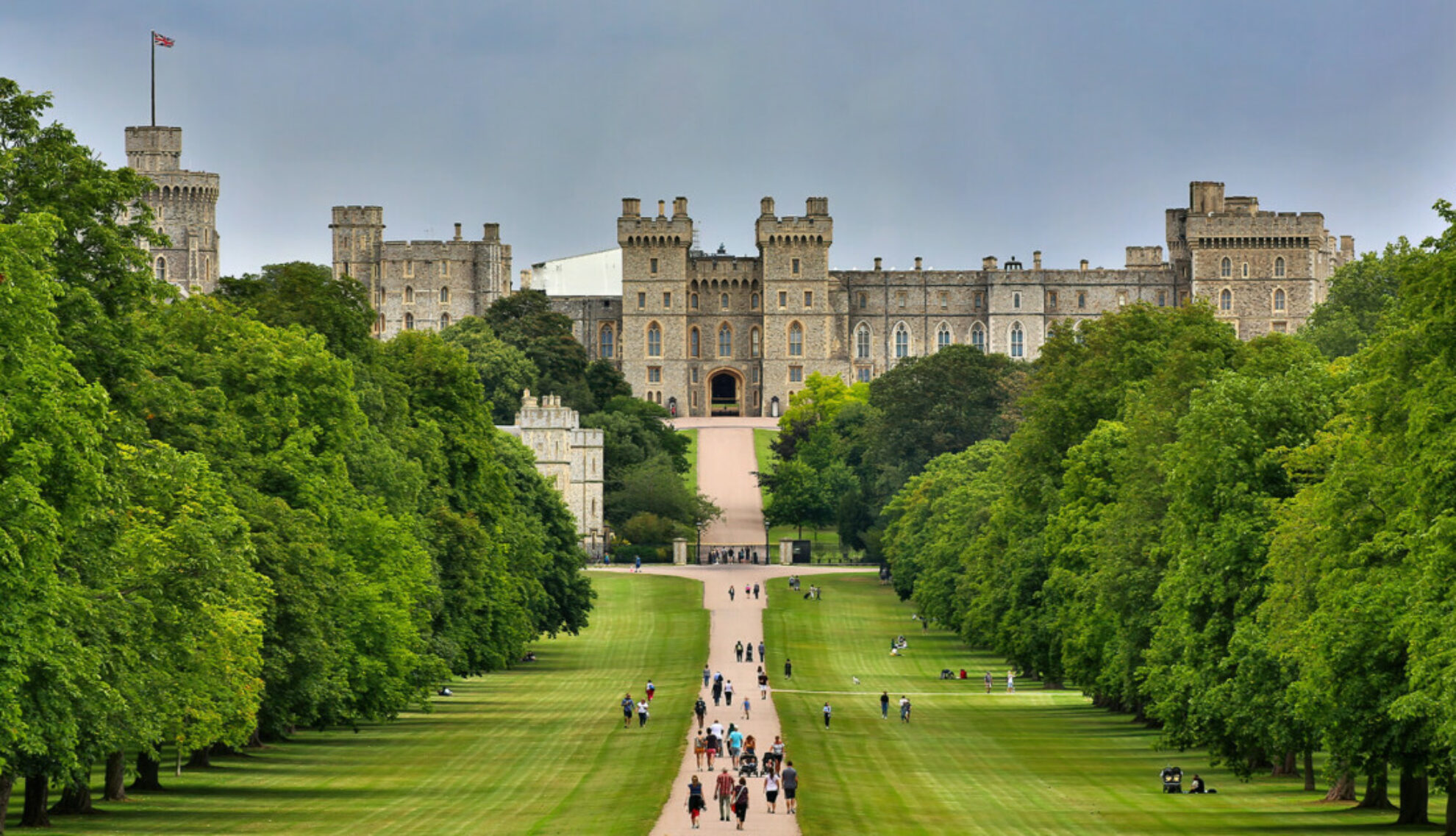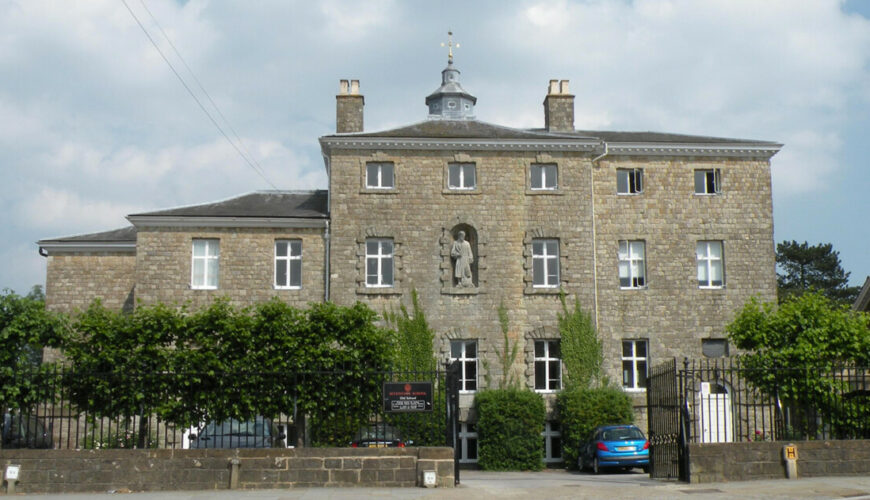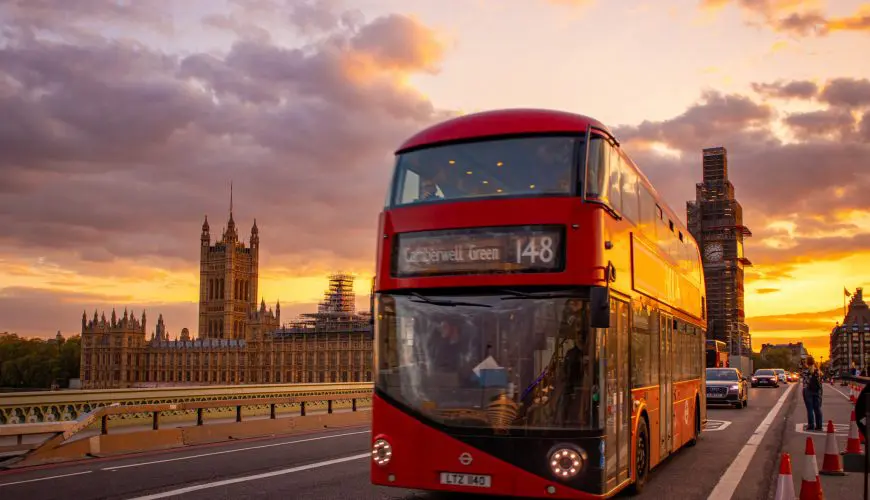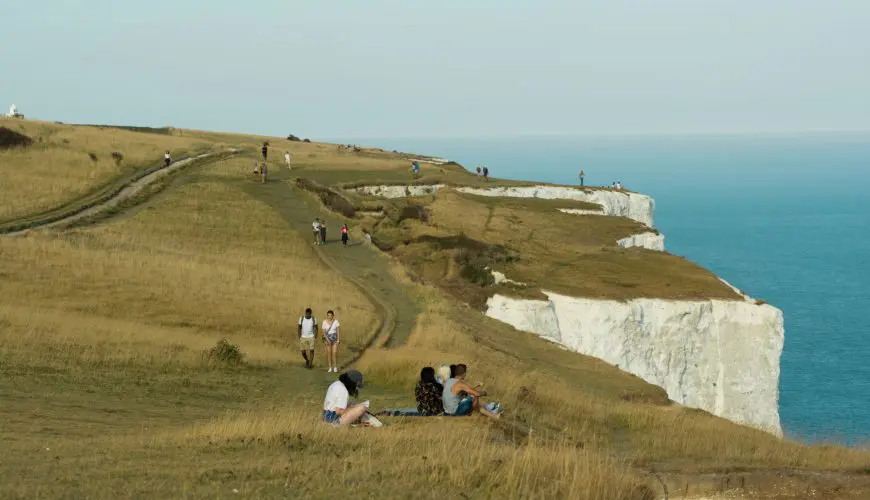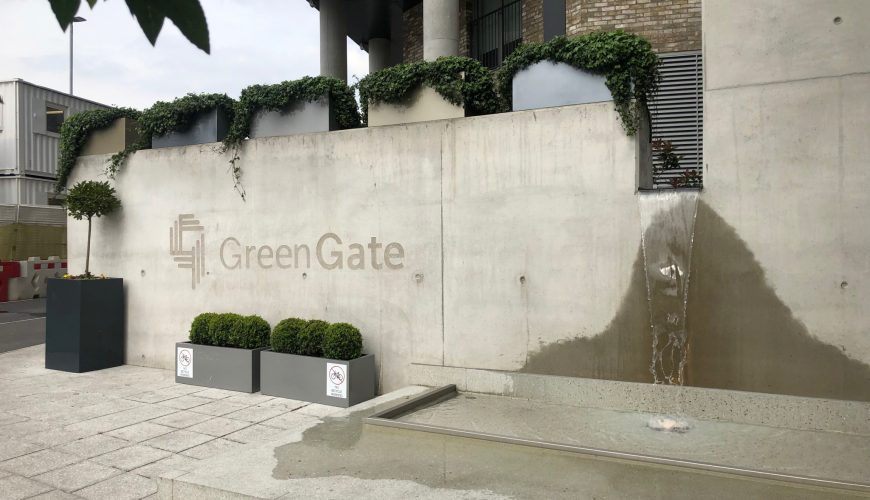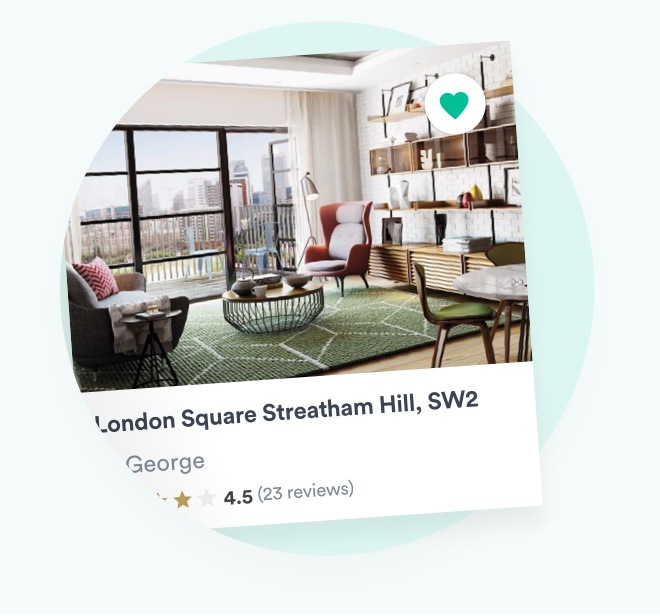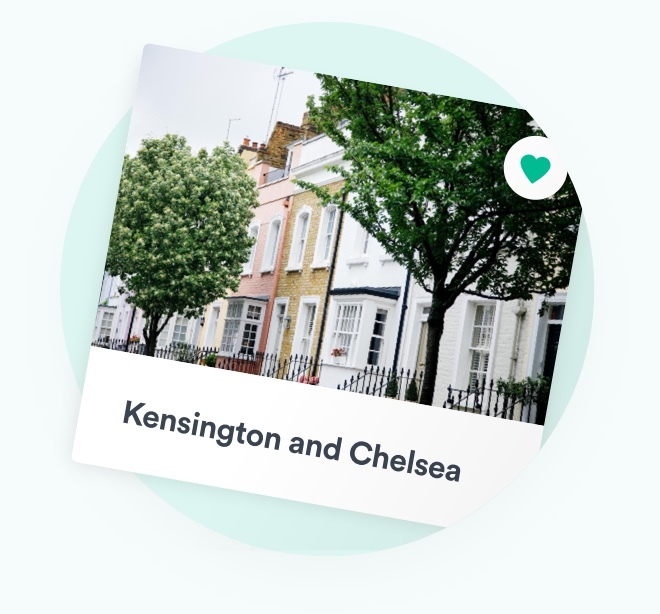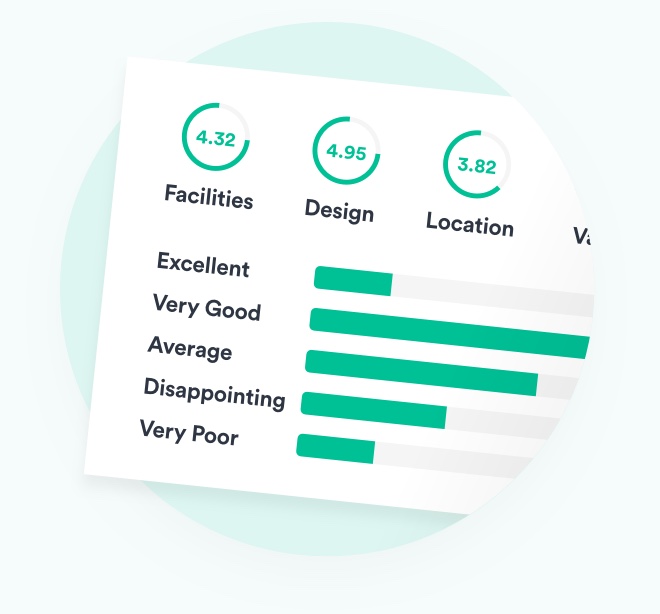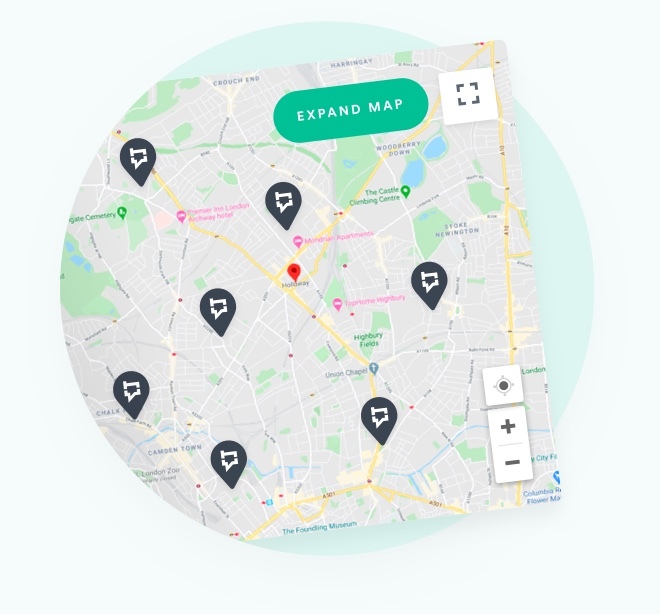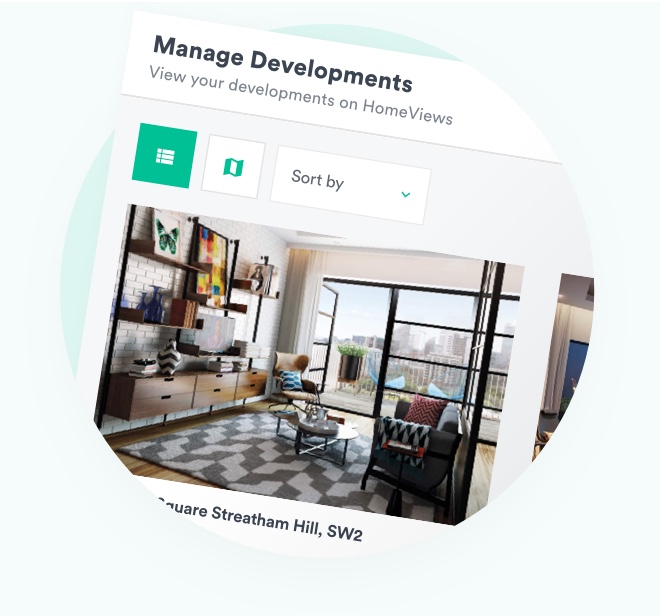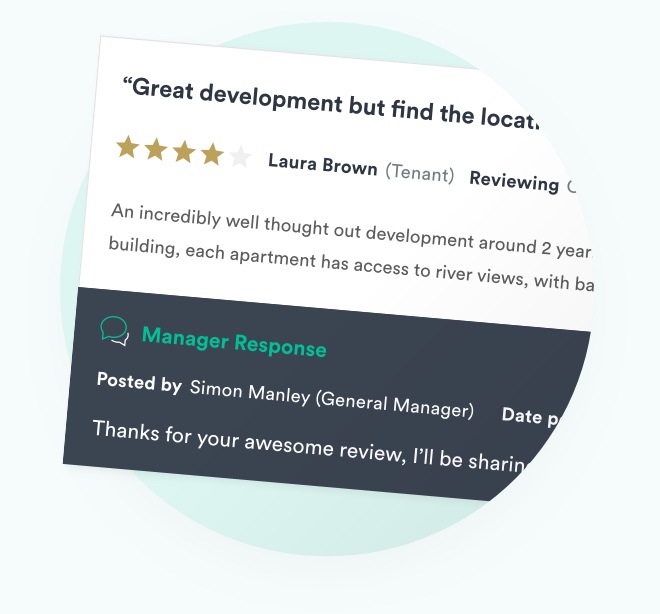What are the top 10 things to do in South East England? Whether you’re taking some well deserved time off or want something interesting to do with the kids, we have something for you. We have based our list on the most popular and well-reviewed attractions – and sneaked in a couple of extra hints. What will you discover? Read on to plan your adventure across the home counties.
Top 10 things to do in South East England
Ready to start organising your itinerary? Combine our Top 10 for an epic holiday or visit whatever piques your interest whenever you have a few hours or a day to spare. Click on each attraction to learn more or book tickets where necessary.
1. Oxford University Museum of Natural History
With favourable comparisons to London’s famous attraction, the Oxford University Museum of Natural History promises to amaze with its stunning array of geological and zoological gems. If you love architecture, you’ll appreciate the neo-Gothic Grade I listed building that hosts the fascinating collections inside.
Exhibits include the Oxford dodo and Oxfordshire dinosaurs, extinct reptiles, whale skeletons and even a meteorite. Amateur and confirmed lepidopterists alike should also visit the Jones’ Icones – an important scientific work featuring 1,500 paintings of butterflies and moths. Over the coming year, the museum’s Main Court is set to undergo a major transformation, with the large showcases replaced and beautiful new displays installed.
The museum is open from 10am to 5pm. Entry is free, but groups should book in advance. Parents will be relieved to learn that the aisles are wide enough for pushchairs – having been built for Victorian ladies in crinolines! There’s also a visual guide available for children with Autism Spectrum Disorder. Those requiring lift access should enter the museum from the right-hand (south) side, from where you’ll be able to access the upper gallery.
Have an extra day to spare? Why not explore the University of Oxford itself – the oldest English-speaking university in the world. The lecture halls, buildings, and residences extend across the city, but you can easily explore the main highlights on foot. Several colleges, along with gardens, libraries and museums, are open to the public. Just check opening times, fees, and rules in advance.
2. Royal Pavilion
Once a modest 18th Century lodging house, the Royal Pavilion in Brighton became a seaside pleasure palace for King George IV. Blending the grandeur of the regency period with the visual style of India and China, the Royal Pavillion is a unique cultural treasure. The building opens from 9:30am to 5pm, and ticket prices vary depending on whether you purchase an annual pass.
Once inside, you can wander through the opulent domed music room, lit by nine lotus-shaped chandeliers, explore the innovative Great Kitchen, banqueting and reception rooms, or take a peek at the royal bedrooms. In the Prince Regent gallery, you can survey annually changing exhibitions. The Regency wardrobe collection, which is on display until September 2022, is another must-see.
Meanwhile, paintings, archive photographs, contemporary accounts and film footage recall the pavilion’s role as a hospital for Indian troops in World War I. Visitors can also enjoy the beautiful regency gardens, which contain some of the town’s national collection of elm trees. Due to the pavilion’s central location, it’s surrounded by a huge variety of cafés, bars, and restaurants, where you can seek refreshment after your tour.
3. Windsor Castle
The private weekend retreat of the Queen and the site of countless ceremonial and State events, Windsor Castle is perhaps one of the most famous attractions on our list. It’s both the oldest and largest occupied castle in the world. In fact, since it was founded in the 11th Century by William the Conqueror, 39 monarchs have called Windsor home.
High points include choosing a ceremonial or historic route around the exquisitely decorated state apartments and watching the Changing of the Guard. Queen Mary’s Dolls’ House is also a popular attraction. Built between 1921 and 1924 for Queen Mary, wife of George V, the incredibly detailed creation even includes electricity, running hot and cold water and working lifts. And if you enjoyed watching any of the recent royal weddings, make sure to venture over to St George’s Chapel too.
The castle opens to visitors throughout the year, from 10am to 5:15pm. Tickets cost around £26 to £28 for adults aged 24+ depending on the day, with cheaper tickets available for children and those aged 18 to 24. Under fives go free, and families and groups benefit from a discount if they book direct.
Read More
4. Pitt Rivers Museum
For our fourth most popular attraction, we return to Oxford to introduce The Pitt Rivers Museum. It is located to the east of the Oxford University Museum of Natural History and can only be accessed through that building. Free to enter and open from 10am to 5pm, the museum hosts archaeological and ethnographic objects from across the world. The amazing collections began with 26,000 items donated by General Pitt Rivers but have since expanded to over half a million.
The museum is proud of its 19th and early 20th-Century photography and important fieldwork archives, such as the photographs of the traveller Wilfred Thesiger. Located on the first floor, the Balfour Library is one of the UK’s leading museum research and teaching libraries for the study of anthropology, archaeology and world music, holding around 20,000 books, 12,000 pamphlets and 300 journal titles.
5. Solent Sky Museum
Anyone interested in aviation and military history must visit the Solent Sky Museum in Southhampton – AKA Spitfire City. Between 1908 and the 1960s, the area played a crucial role in aircraft experimental and development work. Twenty-six aircraft companies opened here during this time, and planes such as the Spitfire made their maiden flights in the skies above. Doors open from 10am and close at 5pm, with tickets costing £10 for adults and £6 for children. On-street parking is available outside.
The museum holds a collection of 18 complete airframes, including a Supermarine Spitfire and Supermarine S6a (N248), and four cockpit sections. It also boasts a comprehensive collection of aero-engines and a Sandringham Flying Boat. If you have always imagined what it’s like to fly a fighter jet, take a seat in the cockpits of the Supermarine Swift and Harrier Jump Jet. Visitors can board the aircraft to relive the romantic era of luxury air travel or take a guided flight deck tour.
6. The Mary Rose
Our sixth worthy contender is an excellent diversion for history buffs. The Mary Rose was a ship in Henry VIII’s navy, built when he came to the throne in 1509. After fighting in wars against France and Scotland, it capsized when a large French armada attacked the Isle of Wight in 1545. Sixty million people across the globe watched a live broadcast when the ship was brought to the surface in the 1980s.
Unfortunately, half the ship was destroyed during its 437-year slumber. However, this allows visitors to see a cutaway view of the warship, revealing its internal structure. Thousands of other salvaged objects also help visitors imagine life onboard in this purpose-built museum. If you want to learn more about the Mary Rose’s unique role in England’s history, you can now book a guided tour.
The museum is open from 10am to 5:30pm, with ticket prices depending on the package. Those with accessibility requirements will be happy to know the museum is fully wheelchair friendly and has disabled parking and a buggy transport service. There are also additional options for hearing and visually impaired people and children with special needs.
7. Snozone
Our seventh attraction, Snozone Milton Keynes, recreates a winter holiday without leaving the South East. Whether you want to perfect your skiing, snowboarding or sledging game, you can do so indoors year-round. There’s plenty for everyone here, no matter your skill level, from ski lessons for beginners to freestyle snowboarding. Snozone also runs a disability snow school to make snow sports more inclusive. Visit anytime between 8am and 8pm to burn off some serious calories before refuelling in the fully licenced Alpine Kitchen, which serves homemade food seven days a week.
8. Oxford Castle & Prison
Once again, we return to Oxford to explore 1000 years of history at Oxford Castle & Prison. Here, costumed characters wait to reveal the castle’s secrets to you. From the dizzy heights of St George’s Tower to the eery crypt, you’ll experience the highs and lows of life inside. The 18th Century prison wing and the archaic man-made mound are also worth a tour.
The excitement doesn’t end there. The attraction has a jailbreak escape room and hosts murder mystery evenings and guided history and ghost tours around Oxford. Ticks cost around £10 for children aged 5 to 15 and £15 for adults. Carers and children under 5 go free. Doors open from 10am and close at 5:30pm.
9. Canterbury Cathedral
Canterbury Cathedral has been a place of worship for more than 1,400 years and was the first Church of England. Known for its gothic architectural style, it has an epic history encompassing the Magna Carta negotiations and the power struggle between King Henry II and Archbishop Thomas Becket. It was even the home of 12th Century Benedictine monks.
Since medieval times, pilgrims have flocked to the cathedral as part of a journey towards spiritual purity. Today, the cathedral still opens its doors to worshippers and visitors alike, offering tours of the precincts, gardens, and its rich past. Tours cost £5 per person – ask staff about booking one when you arrive. Visiting hours are between 10am and 4pm.
10. Viking Coastal Trail
South East England isn’t only about museums and historic buildings. Its varied and often relatively flat landscape offers plenty of opportunities for walkers and cyclists too. One example is the Viking Coastal Trail, a 32-mile circular route on the Isle of Thanet that explores Margate, Broadstairs and Ramsgate. The route is also known as the Regional Cycle Network 15.
Visitors (and invaders!) have enjoyed this part of the world for centuries. Besides saints, Romans and Saxons, artists have long since appreciated the area’s dramatic landscape and hidden gems. Of course, you don’t have to tackle the whole route in one go. Start on the inland loop to meander along quiet lanes and Kentish villages peppered with churches and abbeys. Take the detour to discover the 16-acre Monkton Nature Reserve, or enjoy seaside refreshments in Ramsgate. However, that’s only the beginning – there’s so much more to find!
The Isle Of Wight Coastal Footpath also offers stunning scenic walks from Cowes to Yarmouth, Brighstone, Niton, Sandown, Ryde and East Cowes. Keep your eyes peeled for Newtown Nature Reserve, the iconic Needles, chalk cliffs and sandy beaches.
So, which of our Top 10 things to do in South East England will you try first? However you choose to spend your free time, you can learn a little more about this bustling area of the country by exploring our dedicated area guide.
HomeViews provides verified resident reviews of the UK’s housing developments. We’re working with developers, landlords and the Government to recognise high performers and help to improve standards in the built environment.
